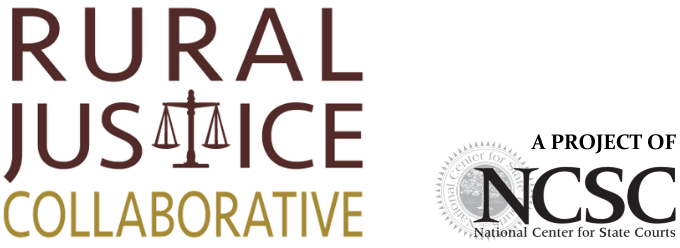Access to Justice
Nearly 20% of Americans reside in rural areas while a mere 2% of law practices in the United States are located in or serve these areas (Pruitt & Showman, 2014). There is ample documentation about the growing shortage of attorneys throughout rural America.1 As of 2020, 40% of U.S. counties had fewer than 1 lawyer per 1,000 residents (ABA, 2020). These legal deserts create disparities in access to justice within the United States (Carroll, 2017) and the repercussions are far-reaching, the end result being unequal access to justice. Ethical concerns frequently arise in small towns due to the importance of and extended network of acquaintanceships; lawyers face issues of anonymity, economic, and personal conflicts of interest.
1 Lisa R. Pruitt, et al., Legal Deserts: A Multi-State Perspective on Rural Access to Justice, 13 Harv. L. & Pol’y Rev. 15 (2018). https://harvardlpr.com/wp-content/uploads/sites/20/2019/04/4.-Legal-Deserts.pdf. 9 Arkansas study: Lisa R. Pruitt, et al., Justice in the Hinterlands: Arkansas as a Case Study of the Rural Lawyer Shortage and Evidence Based Solutions to Alleviate It, 37 U. Ark. Little Rock L. Rev. 573 (2015); Montana study: Hilary A. Wandler, Spreading Justice to Rural Montana: Expanding Local Legal Services in Underserved Rural Communities, 77 Mont. L. Rev. 235 (Summer 2016); Utah study: David McNeill, Measuring the Legal Services Market in Utah, Vol. 30 No. 5 Utah Bar J. 22 (Sept/Oct 2017).
